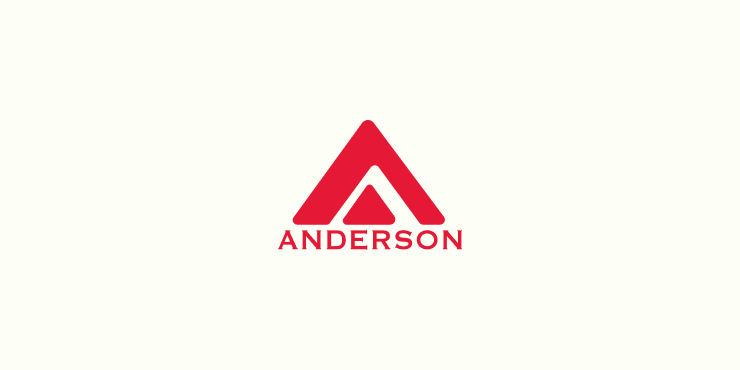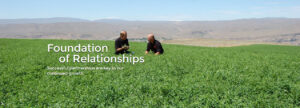Balancing a Simple Diet using a Pearson’s Square

Feeding a balanced diet is essential to an animal’s growth, production, and performance. But, how do you know if you are feeding the correct amount to meet your animal’s requirements? First, you must know your animal’s requirements. These are available in publications by the National Research Council of the National Academy of Science where years of scientific research have been compiled by nutrition experts into comprehensive nutrient requirements for many animal species at most physiological states. Second, you must know the nutrient composition of your feeds. Once you know these two things, you can determine how much of each feed you will need to give your animal each day to meet its requirements.
Feeding only midbloom alfalfa hay, which contains 17% crude protein (CP) easily meets the CP requirement (10.4% CP/day) of a 2-year old heifer with a calf. In comparison, the same hay contains 0.95 Mcal of energy per pound, which does not meet the heifer’s daily requirement of 1.02 Mcal/lb. Thus, the heifer should also be fed an energy feed. The Pearson’s Square or box method is a simple, quick means to calculate the amounts of feed that are needed to meet a nutrient requirement of livestock. This method is most effective when only two ingredients are used in the diet.
The basic structure of a Pearson’s square is shown in Figure 1. The most important number in the square is in the middle. This number is the nutritional requirement of the animal. In this case, it is the energy requirement of a lactating 2-year old heifer with a calf. You can balance the diet based on any nutrient requirement. The numbers to the left of the square represent the energy contents of alfalfa hay and barley. In order for the square to work, the value in the middle of the square must be between the numbers on the left.

Steps to using a Pearson’s Square
- Look up the animal’s nutrient requirement and record in the middle of the square. In this instance, 1.03 Mcal energy/lb (Table 1; NRC, 1984).
- Look up energy contents of the two ingredients that you wish to use to balance the animal’s diet. In this case, alfalfa hay contains 0.95 Mcal energy/lb and barley contains 1.41 Mcal energy/lb (Table 1). These are published values from the NRC, 1984. If you have had your feeds analyzed by a laboratory, use those values for most accurate results. Be sure to use a 100% dry matter basis for nutrient compositions and convert to an as-fed basis later.
- Subtract the nutrient value from the nutritional requirement across the diagonal to arrive at the parts of each ingredient. For exle, subtracting across the diagonal from barley: 1.41 – 1.03 = 0.38 parts alfalfa hay; subtracting across the diagonal from alfalfa hay: 1.03 – 0.95 = 0.08 parts barley.
- Sum up the parts: 0.38 + 0.08 parts = 0.46 total parts.
- Divide each part by the sum of the total parts to determine the percentage of each ingredient in the diet. For exle, 0.38/0.46 = 83% alfalfa hay, and 0.08/0.46 = 17% barley.
Therefore, to meet the daily energy requirement of a 900 lb lactating 2-year old heifer with a calf at her side, she should be fed a diet that contains 83% alfalfa hay and 17% barley on a dry matter basis. Based on NRC recommendations, this heifer should consume 19.2 lb of dry matter each day, therefore, she should be fed 15.9 lb of alfalfa hay and 3.3 lb of barley on a dry matter basis. Obviously, the feed in your barn is not 100% dry, therefore these amounts should be calculated to an as-fed basis and adjusted accordingly. To do this you will need to divide the pounds of dry matter by the dry matter content of each feed. For exle: 15.9/0.9 = 17.7 lb alfalfa hay; 3.3/0.89 = 3.7 lb barley.
The Pearson square method of balancing a diet is a quick, effective means to determine the amount of each ingredient needed to meet an animal’s daily nutrient requirement. This is especially true when only two ingredients are used. More complicated diets should be formulated by nutritionists.
Read more articles from Anderson Hay about animal health on our blog. To receive this blog directly in your email, subscribe above on the right.
Reference
NRC, 1984. Nutrients Requirements of Beef Cattle, 6th Ed. National Academy Press, Washington, DC.


